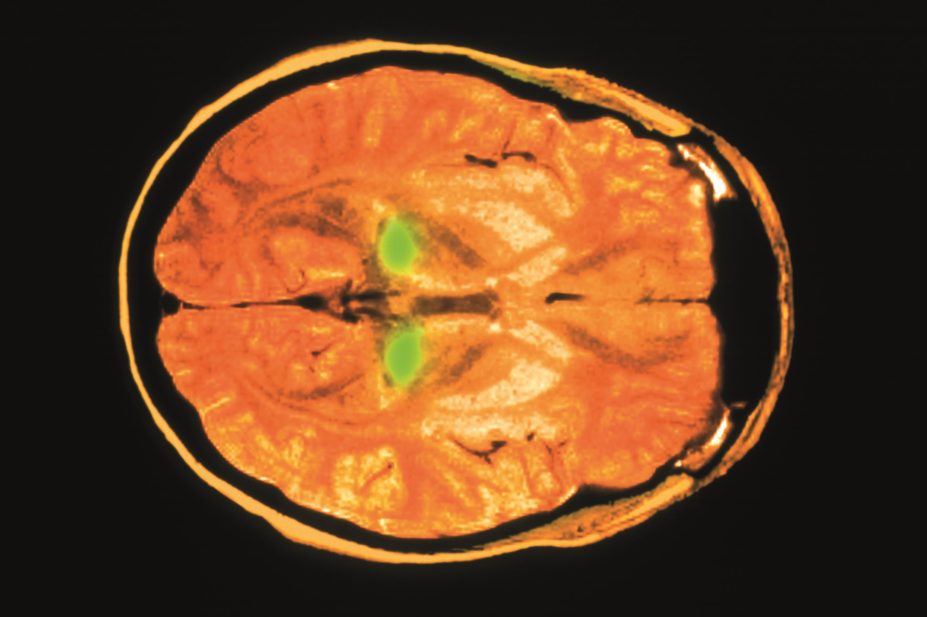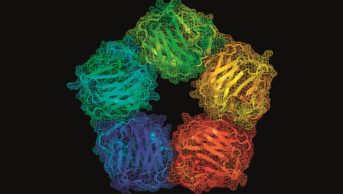
Simon Fraser / Royal Victoria Infirmary, Newcastle Upon Tyne / Science Photo Library
Diagnosing prion diseases such as Creutzfeldt–Jakob disease (CJD) is difficult. A promising approach is the detection of a CJD-specific prion protein (PrPCJD) using an in-vitro amplification technology known as real-time quaking-induced conversion (RT-QuIC).
Preliminary work by a US–Italian team, reported in The New England Journal of Medicine, suggests that RT-QuIC can detect PrPCJD in olfactory epithelium samples obtained through nasal brushing – a simple, minimally invasive technique[1]
.
In 31 CJD patients and 43 control patients, nasal brushings had 97% sensitivity and 100% specificity for CJD. By comparison, cerebrospinal fluid had 77% sensitivity and 100% specificity, and took twice as long to obtain.
The RT-QuIC test could help to establish a definitive diagnosis of CJD in living patients, according to the researchers.
References
You may also be interested in

Point-of-care C-reactive protein testing in community pharmacy to deliver appropriate interventions in respiratory tract infections
